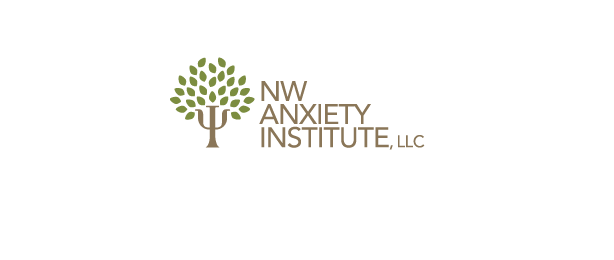
NW Anxiety Institute, LLC
Specific Phobias (SP) are defined and categorized as unreasonable or irrational fear of a specific object or situation. The DSM-V divides these types of fears into five categories: situational type, animal type, natural environment, blood/injection/injury type, and other type. Although prevalence rates differ between each type 3-8% of individuals suffer with a SP.
Common Types of Phobias:
Situational Type: Fear of Flying (Aviophobia), Fear of Crossing Bridges (Gesphysrophobia), Fear of Driving, Fear of Enclosed Spaces (Claustrophobia)
Animal Type: Fear of Dogs (Cynophobia), Fear of Snakes (Ophidiophobia), Fear of Spiders (Arachnophobia), Fear of Bees (Apiphobia)
Natural Environment Type: Fear of Heights (Acrophobia), Fear of the Dark (Achluophobia), Fear of Water (Hydrophobia).
Blood/Injection/Injury Type: Fear of Injury (Traumatophobia), Fear of Injections (Trypanophobia), Fear of Blood (Hematophobia), Fear of Vomiting (Emetophobia)
Individuals with phobias usually find ways to avoid their specific fear. They chose not to drive, or fly, avoid jobs that require them to be around blood; or endure such fears with intense distress, the use of medication, or other substances.
At NW Anxiety Institute, we help people get their lives back from their fear. We use evidenced-based techniques to challenge your fears, gain confidence, and learn ways to tolerate anxiety and distress. Research supports the use of extended and intense therapy session (6-hours) to help individuals overcome their phobias. Therapy typically consists of education on how anxiety functions, learning relaxation techniques, and systematically challenging each fear and associated thoughts with exposure response prevention interventions.